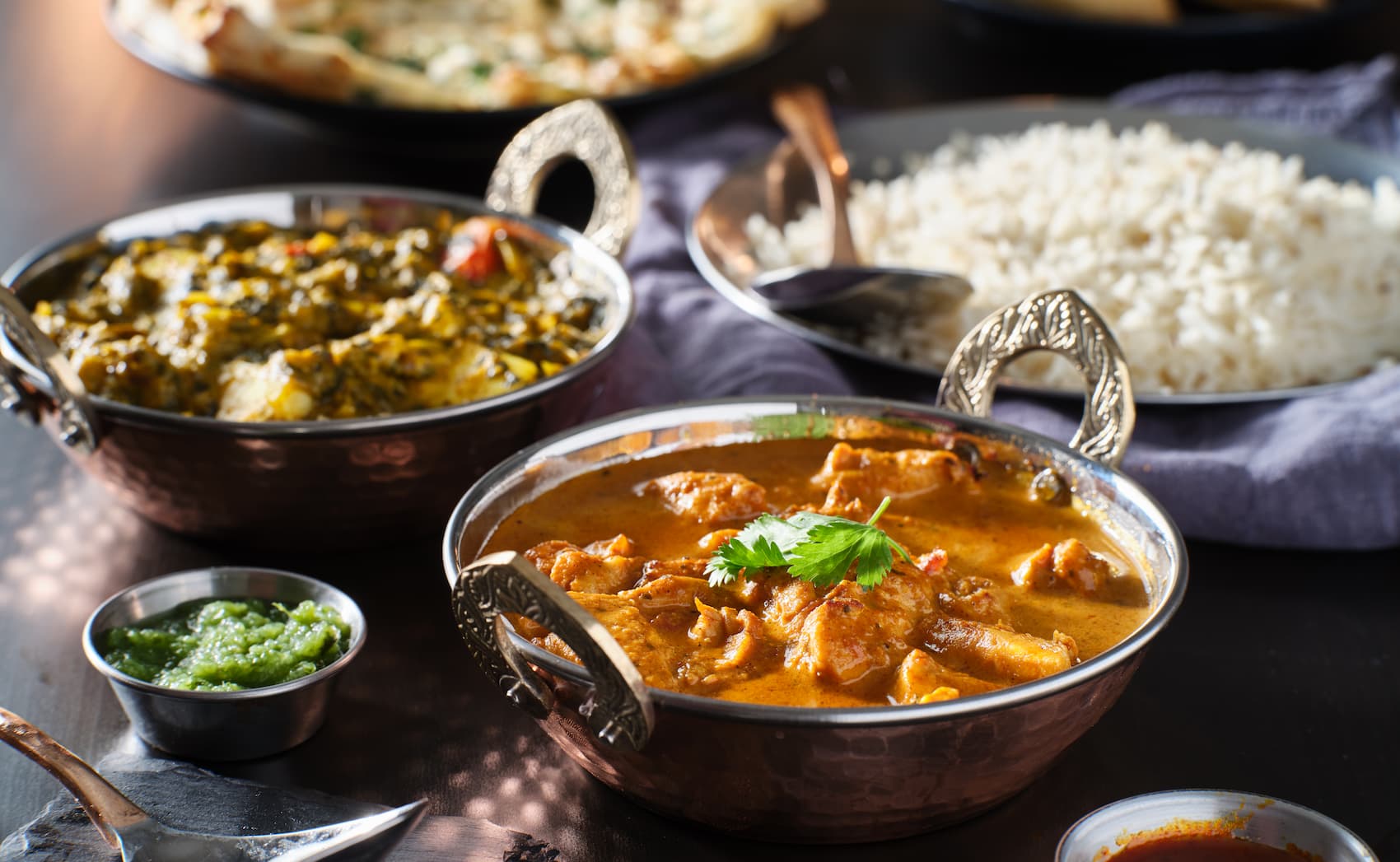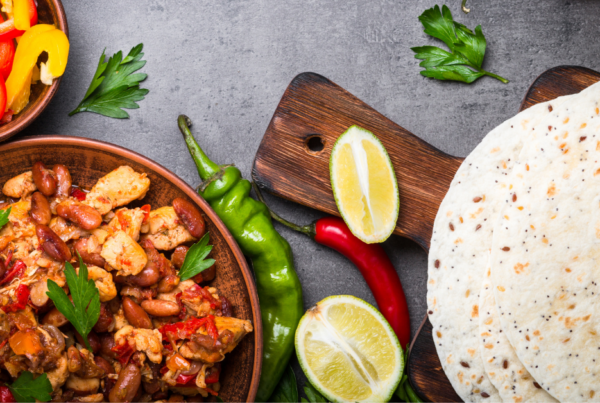Indian food, with its aromatic flavors, vibrant colors, and diverse ingredients, has gained worldwide recognition. A reflection of the country’s cultural diversity and age-old traditions, Indian cuisine is much more than a mere gastronomical experience. It’s a rich narrative intertwined with regional variations, historical influences, and religious beliefs. This article will journey through India’s food landscape, unraveling its complexities, varied techniques, and the myriad flavors that embody this exquisite cuisine.
Historical Influences on Indian Cuisine
India’s food history is as diverse and complex as the country itself. The influence of the Aryans, Mauryas, Mughals, British, Portuguese, and countless local rulers have contributed to the cuisine’s evolution. The Vedic era defined vegetarianism, Ayurvedic principles categorized food into ‘satvik’ (pure), ‘rajasik’ (active), and ‘tamasik’ (dark), influencing dietary habits. Mughlai cuisine, marked by rich and aromatic dishes, was a gift from the Mughals. The British introduced tea plantations, making ‘chai’ a staple beverage. The Portuguese brought in the use of vinegar and chillies, staples in Goan food. India’s culinary map is indeed a testament to its historical amalgamation.
 Regional Variations of Indian Cuisine
Regional Variations of Indian Cuisine
India’s diverse topography and climatic conditions have led to distinct regional cuisines. North India relishes rich, heavy curries and bread. Punjab’s butter chicken, Uttar Pradesh’s kebabs, and Kashmir’s rogan josh are famous worldwide. West India exhibits a mix of sweet and spicy flavors. The coastal states of Maharashtra and Gujarat are known for seafood, whereas Rajasthan’s food, made in scarcity of water, boasts of unique dishes like ker sangri and dal baati.
Eastern India has a sweet tooth; the rasgulla from Bengal is renowned. Fish and rice are staples, and fermented foods like bamboo shoots are popular in the Northeastern states. Southern India offers spicy dishes based on rice, lentils, and coconut. Masala dosa from Karnataka, Hyderabadi biryani, and Kerala’s fish curry are just a few examples.
Diverse Ingredients and Flavors
Indian cuisine is a medley of diverse ingredients. Staple foods include rice, wheat, and pulses. Indian spices like turmeric, coriander, cumin, and mustard seeds add flavor and color. Green, red, and yellow chillies provide the heat. Ingredients like tamarind, kokum, and tomatoes lend tanginess. Jaggery and sugar cater to sweetness, while ingredients like yoghurt and cream balance the flavors.
Moreover, Indian food doesn’t shy away from using an array of herbs and seasonings. Curry leaves, coriander, mint, and fenugreek leaves are widely used. Asafoetida (hing), an unusual spice, is used in many vegetarian dishes.
Indian Food Techniques
Indian food employs varied cooking techniques. From slow-cooking (dum) used in biryanis to smoking (dhungar), charring, fermenting, and pickling, these techniques enrich the flavors. The Indian tandoor has gifted the world delicious naans and tandoori chicken. Frying, tempering (tadka), and the use of ‘chulha’ (earthen cook stove) for that earthy flavor, further add to the cuisine’s diversity.
Vegetarianism and Indian Food
Indian cuisine is a paradise for vegetarians, with its wealth of lentils, vegetables, dairy products, and grains. The concept of vegetarianism is deeply rooted in Hinduism, Jainism, and Buddhism, leading to a variety of vegetarian dishes. From North India’s paneer tikka to South India’s sambhar, from Gujarat’s dhokla to Bengal’s sandesh, the vegetarian food in India is as diverse as it’s non-vegetarian counterpart.
Indian Street Food
Indian street food is a culinary exploration in itself. Mumbai’s vada pav, Delhi’s chaat, Kolkata’s puchka, and Ahmedabad’s fafda jalebi showcase the diversity. Street food also includes dosas, pav bhaji, gol gappa (pani puri), momos, and many more, reflecting local flavors and culinary innovations.
Indian Desserts and Beverages
Indian sweets or ‘mithai’ are a celebration of dairy products, sugar, and a multitude of flavors. Gulab jamun, jalebi, rasmalai, kheer, and various halwas leave a sweet taste, while regional sweets like Maharashtra’s puran poli, Bengal’s mishti doi, and South’s payasam have their unique charm.
Indian beverages range from the spiced tea (masala chai) to the cooling lassi, the fermented kanji, and a variety of sherbets. Alcohol includes Goa’s feni, Punjab’s lassi, and Rajasthan’s mahua.
Indian Food and Health
Traditional Indian food adheres to Ayurvedic principles, balancing proteins, carbohydrates, and fats. Dishes often have medicinal spices like turmeric, ginger, and garlic. The use of ghee (clarified butter), considered beneficial for health, is widespread. Fermented foods like idli, dosa, and dhokla contribute to a healthy gut. However, with the changing lifestyle, it’s essential to be cautious of overindulging in fried and sweet foods.
For Dessert
Rockoly provides an extraordinary experience for teams with its Indian cooking classes designed to promote team-building. These engaging sessions not only introduce participants to the vibrant world of Indian cuisine but also foster collaboration, communication, and mutual respect. Under the guidance of expert chefs, teams explore the exotic spices, traditional techniques, and diverse dishes that make Indian food so enticing. As they work together to create delicious Indian meals, participants strengthen their teamwork skills, forging connections that extend beyond the kitchen. Rockoly’s Indian cooking classes are not just about learning to cook; they’re about building stronger, more effective teams through the shared love of food.








